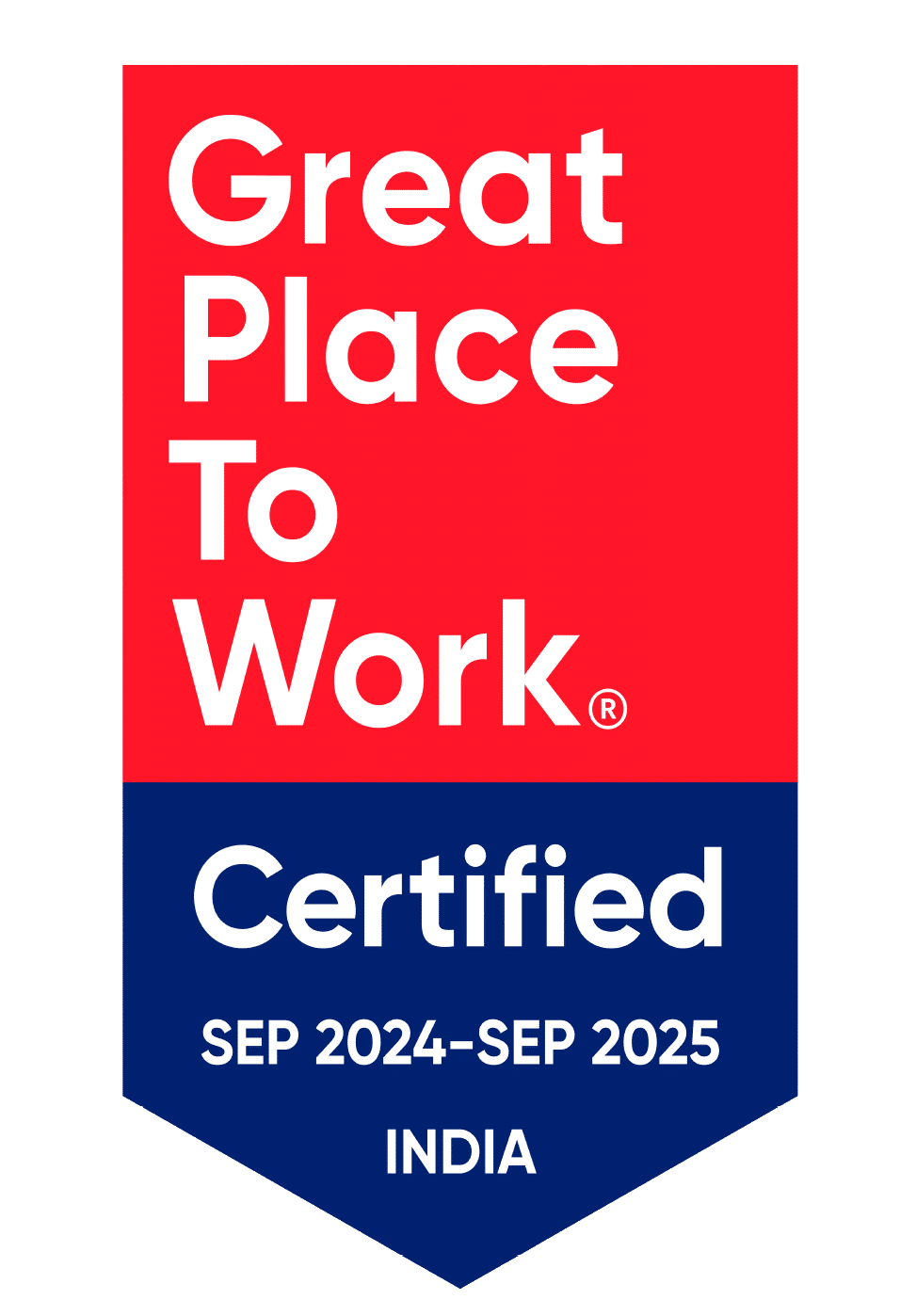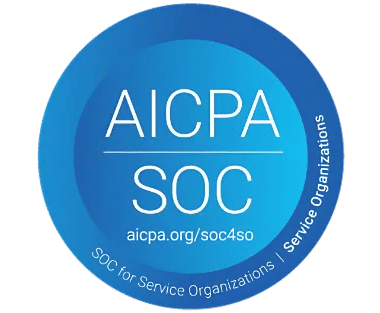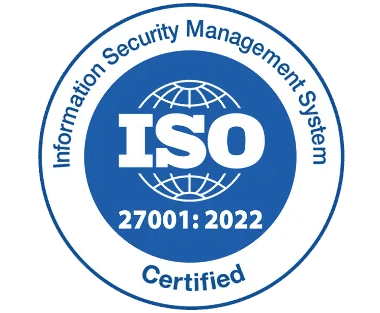Home > Case Studies > Learning Management System
A Real Story of Continuous Improvement at Work
_GIzvEmeAZD.png)
Spotlight
Continuous improvement means always trying to get better. It is not just a big word it is a way to help a company grow and do well. When businesses keep making small changes, they work better, get more done, and keep their employees happy. In this case study, we show how our tool helped teams see their progress, learn from it, and keep getting better every single day.
Highlights
Boost in Process Efficiency
Rise in Employee Engagement
Faster Issue Resolution
Customer’s Speak

Mike Reynolds
Legal Operations Manager
“
Managing contracts manually led to missed deadlines, compliance risks, and inefficiencies. With SharePoint Contract Management, automation streamlined workflows, reduced manual effort, and ensured compliance. Now, we focus more on clients instead of paperwork.
Challenges Faced Before Embracing Continuous Improvement
Lack of Measurable Progress Tracking
Teams were operating on assumptions rather than data. Without visibility into progress or roadblocks, performance reviews and decisions lacked structure and consistency.
Managers had no reliable way to identify what worked and what needed refinement.
Improvements were often reactive instead of proactive, which slowed growth.
Tracking small wins or daily changes was nearly impossible without a structured system.
Siloed Improvement Efforts
Different departments were working on their own isolated processes, creating inconsistent improvement results across the organization.
There was no unified platform to align everyone’s efforts toward common goals.
Cross-team feedback loops were broken, leading to duplicated efforts and wasted time.
Managers struggled to replicate success across departments due to lack of shared learnings.
Employee Disengagement and Low Ownership
Team members felt disconnected from company goals and had little clarity on how their work contributed to improvement.Without regular feedback or progress tracking, motivation suffered.Employees had ideas for better processes, but no structured channel to contribute.Ownership was low, and there was little accountability for process improvement.
Slow Reaction to Problems
Without real-time insights, operational issues were addressed late after damage had already been done.There was no visibility into performance dips until outcomes were affected.Bottlenecks went unnoticed until they escalated, hurting both morale and output.Problem-solving often relied on guesswork due to lack of consistent tracking.
The Solution: How We Solved It
With the implementation of automation, our client saw significant improvements across all aspects of contract management. By reducing manual processes and streamlining workflows, we were able to drive efficiency, enhance compliance, and minimize legal risks. Here is how our solution delivered measurable results:
Continuous Monitoring Tools
The system enabled ongoing performance tracking, helping teams stay aware of their progress in real time.Dashboards highlighted both wins and gaps, allowing fast action and celebration of micro-successes.Employees now log daily achievements and challenges, creating a clear audit trail of progress.Managers use this data to guide conversations and provide targeted coaching.
Cross-Team Alignment on Improvement Goals
We implemented a centralized improvement hub where all departments could align on objectives and share updates.This created transparency, encouraged collaboration, and reduced duplication of efforts.Best practices from one team are now easily adopted by others through shared templates.Alignment sessions ensure that improvements feed into company-wide KPIs.
Engagement through Feedback and Ownership
Employees now contribute ideas directly into the system and receive updates on their implementation.Continuous feedback loops help employees feel heard and valued.
Ownership has increased as teams set their own micro-goals tied to broader outcomes.
Recognition tools reward small improvements, driving morale and momentum.
Real-Time Alerts and Issue Resolution
The platform flags deviations in performance immediately, helping teams act before problems grow.Automated alerts allow managers to investigate root causes without delay.This shift from reactive to proactive saved countless hours and reduced workflow disruptions.Faster issue resolution led to improved confidence across all operational areas.
Results & Business Impact
28% Boost in Process Efficiency
Teams identified and eliminated redundant steps, cutting waste and increasing throughput.Workflows are now reviewed and refined weekly, creating a culture of constant optimization.Efficiency gains were achieved without hiring additional staff.
Improved processes led to more predictable, scalable performance across functions.
22% Rise in Employee Engagement
Increased visibility and participation in improvement initiatives boosted morale.
Team members are more vocal, solution-focused, and invested in outcomes.
Pulse surveys reflect higher satisfaction and workplace motivation.
With recognition tied to continuous contributions, retention also improved.
35% Faster Issue Resolution
Automated tracking tools helped surface issues quickly and route them to the right teams.Time to resolution was cut by more than a third across all critical processes.
Customers noticed faster service turnaround, improving satisfaction ratings.
Managers now spend less time firefighting and more time coaching and growing talent.
Industry
Consulting and IT Services
Location
USA, Texas
%201%20(2)_BYY2CYLVD2.png)
Automating Contract Management Boost Compliance & Efficiency
Read more
%201%20(2)_BYY2CYLVD2.png)
Automating Contract Management Boost Compliance & Efficiency
Read more
%201%20(2)_BYY2CYLVD2.png)
Automating Contract Management Boost Compliance & Efficiency
Read more
%201%20(2)_BYY2CYLVD2.png)
Automating Contract Management Boost Compliance & Efficiency
Read more









_svxLrd-8yH.png)

_2VYSFUTN5m.png)

_JiluXJRGNl.svg)

_2djTKNocf.png)





_Rapo0hRMBy.png)










